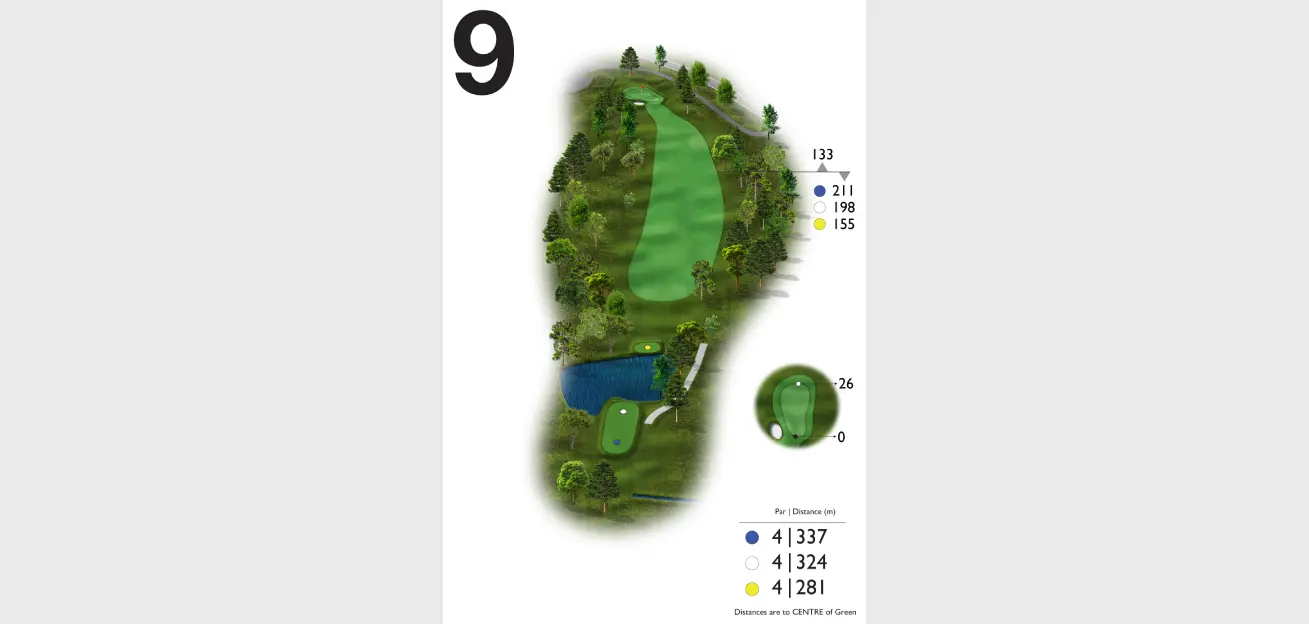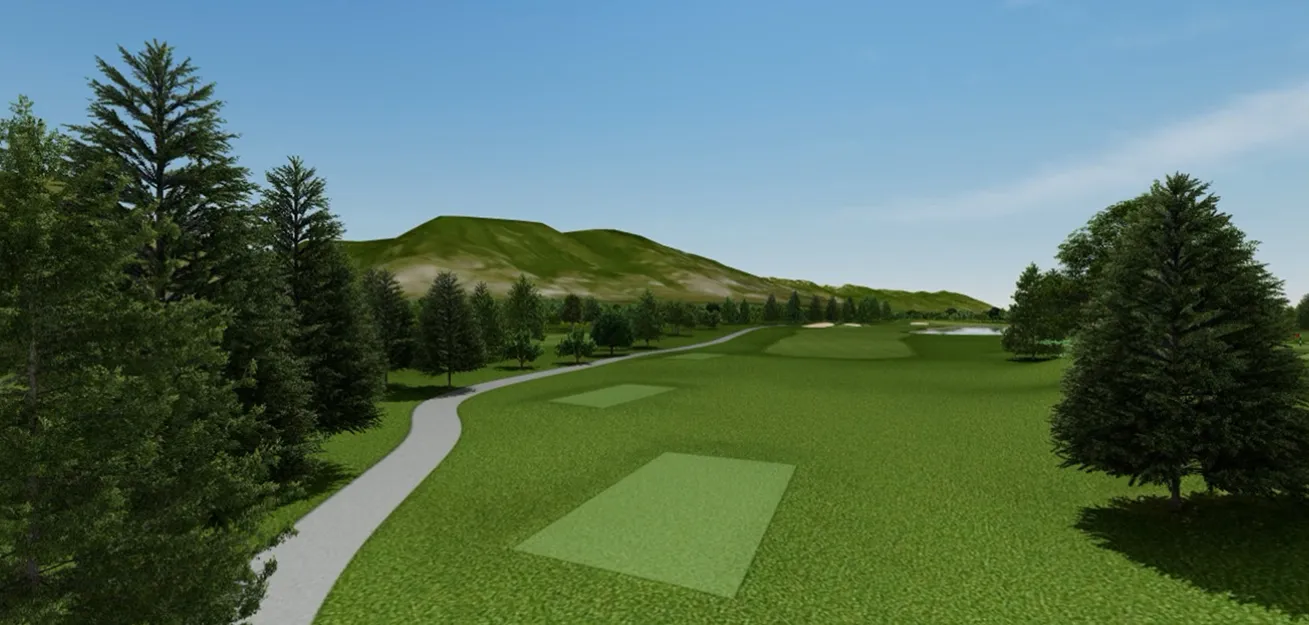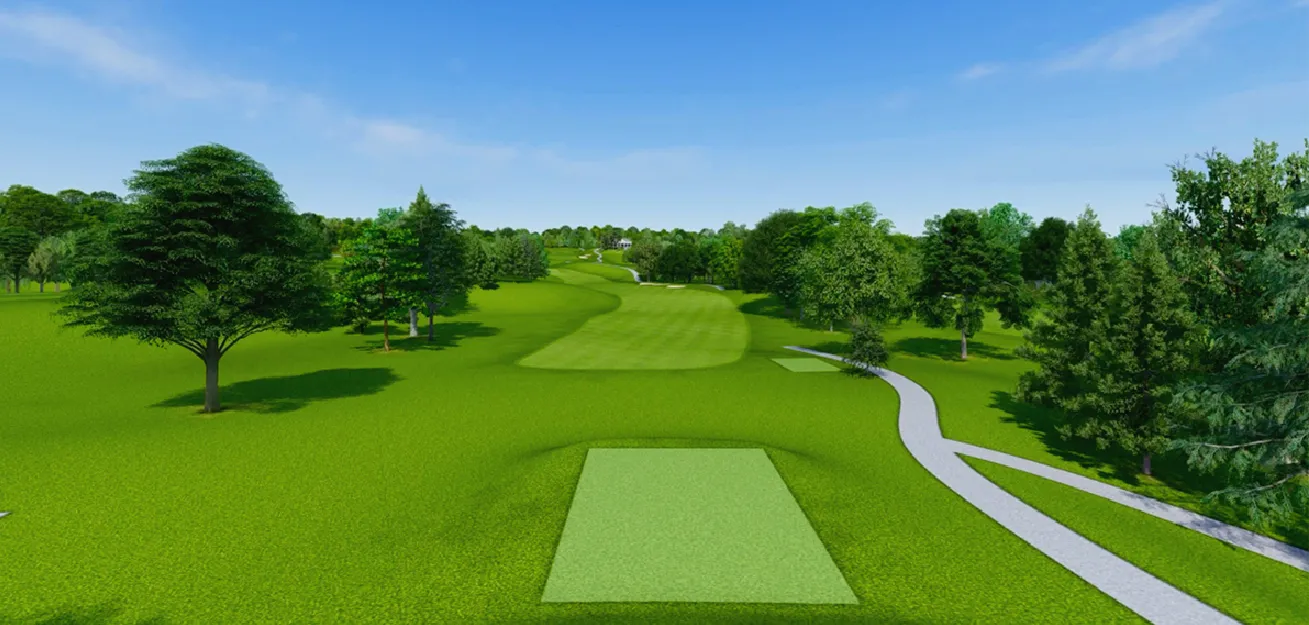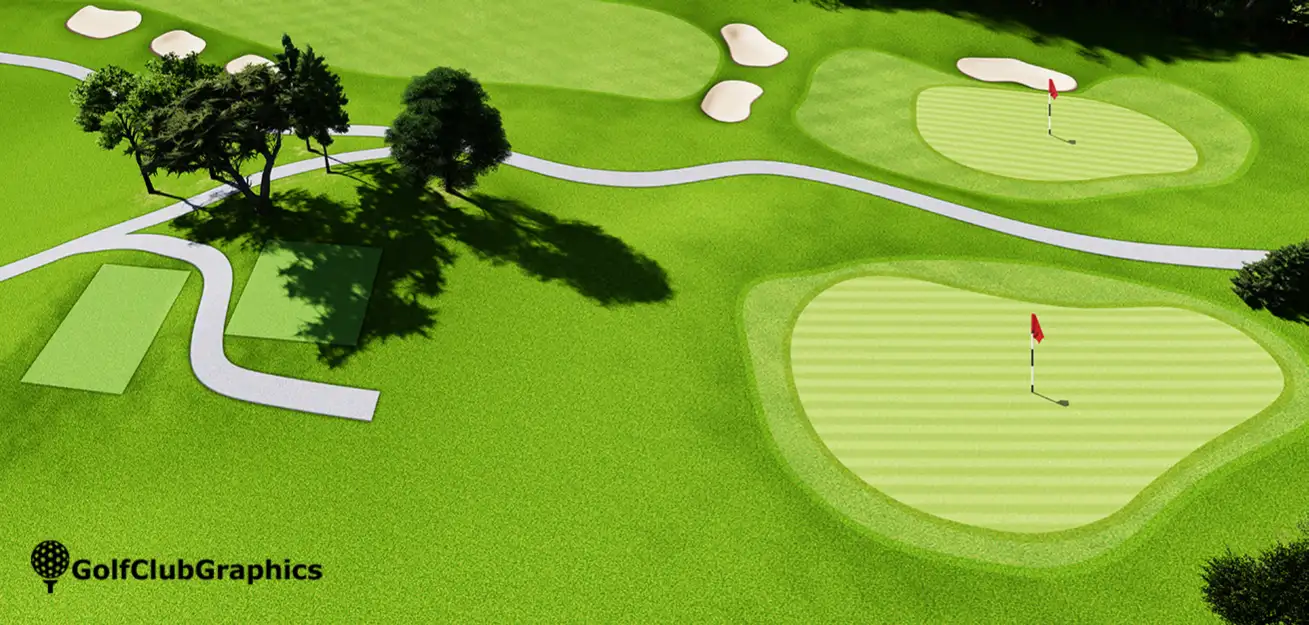
What Are the Key Benefits of Utilizing 3D Mapping in Golf Course Design?
Golf Course design is about more than just greens and fairways. It is a complex combination of artistry, precision, and functionality. Recently, the integration of 3D mapping technology has proven to be a game changer, changing the way Golf Courses are designed, developed, and experienced.
Accuracy Redefined with 3D Golf Mapping
Accurate Representation of Terrain
One of the main benefits of using 3D mapping in Golf Course design is that it can provide an incredibly accurate representation of the terrain. This technology provides detailed insights into the terrain, allowing architects and designers to understand elevation changes, slopes, and other natural features with unprecedented accuracy. This level of precision therefore helps us design Courses that blend harmoniously into the existing landscape, minimizing unnecessary changes and preserving its natural beauty.
Improving Visualization for Design Decisions
The power of visualization cannot be underestimated. 3D mapping allows designers and stakeholders to envision the proposed Course layout. From tee placement to hazard locations, his three-dimensional visualization of the Course allows him to make informed decisions about design elements. This comprehensive view helps optimize strategic and aesthetic aspects of the Course, ensuring a challenging yet enjoyable playing experience for Golfers.
Development and Planning Optimization Efficient Course
Planning and Development
The efficiencies achieved through 3D mapping greatly accelerate the Course planning and development process. Architects can virtually explore different design alternatives and iterations without the need for physical testing. This streamlined approach saves time, resources, and ultimately costs associated with multiple revisions, making project schedules more efficient.
Effective Communication Between Stakeholders
3D mapping acts as a universal language and facilitates effective communication between stakeholders. Whether communicating design ideas to investors, greenkeepers, or potential members, a visual representation with 3D mapping ensures a common understanding of the proposed Course layout. This transparent communication streamlines the decision-making process and helps align with the desired Golf experience.
Sustainability and Future Prospecting
Environmental Sustainability and Conservation
3D mapping supports the sustainable development of Golf Courses by accurately representing existing landscapes and natural features. Designers can minimize environmental impact by intelligently integrating existing terrain elements into Course layouts. This eco-friendly approach not only protects the ecosystem but also responds to modern trends in sustainability in Golf Course design.
Adaptability to future changes
The flexibility that 3D mapping provides allows you to future-proof Golf Courses. As technology and player preferences evolve, these visualizations serve as essential tools for implementing changes and upgrades. Whether you're changing the layout of a hall or incorporating new equipment, the mapped design serves as a blueprint for adaptability.
Conclusion
The integration of 3D Golf mapping and 3D Golf Course visualization has redefined the Golf Course design and development landscape. The benefits are far more than just visual. They embody efficiency, precision, sustainability, and adaptability, all key elements in creating a Golf retreat that is in harmony with nature and responds to the changing needs of players and the environment alike. As technology continues to advance, the use of 3D mapping will become even more essential, pushing the boundaries of innovation in Golf Course design and ensuring a prosperous future for this popular sport.






